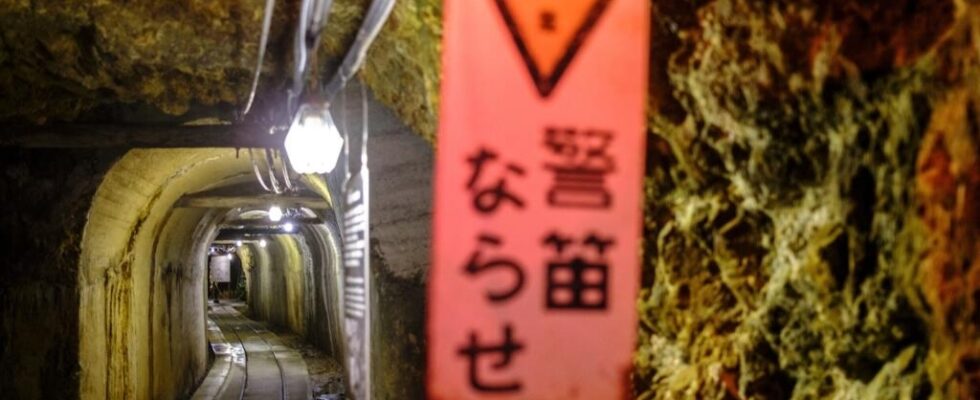UNESCO added former Japanese gold and silver mines on Sado Island to its World Heritage List on Saturday, July 27. South Korea has opposed the UNESCO World Heritage listing for more than a dozen years. During World War II, more than 2,000 Koreans were forced to work there when Japan occupied the Korean Peninsula. Seoul’s acceptance of the UNESCO listing is conditional on Tokyo accurately reflecting how Korean workers worked against their will in the mines.
1 min
With our correspondent in Tokyo, Frederic Charles
Located off Japan’s northwest coast, the Sado mines have long been a source of historic dispute between Tokyo and SeoulIn the 17th century, these mines were said to be the most productive in the world and at the time, the work was done by hand. They were finally closed in 1989.
During World War II, more than 2,000 Koreans worked there under harsh conditions. Seoul claims that the recruitment conditions amounted to forced labor, with the most dangerous tasks being assigned to Korean miners. Tokyo claims that a majority of Koreans worked there voluntarily, as the wages were very high. Many Japanese also sought recruitment.
The Sado mines are now visited by tourists. UNESCO is insisting that Japan inform the public about the Korean workers and admit that many Koreans were brought there against their will. Before the mines were declared a World Heritage Site, explanatory signs on site barely mentioned them.
THE Japan can no longer have selective memoryas proven by the numerous historical disputes with its Pacific neighbors : he must teach visitors to the mines about the existence of Koreans forced to work there.
